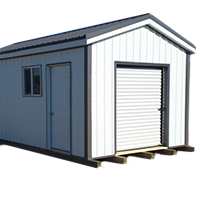
Apply For a Fuel Card
For fleet or farm, you can fuel up 24/7, 365 at over 100 convenient cardlocks across AB, SK and BC.

Flyers and Offers with Savings
Find deals, new products, and exclusive offers. Be in the know. Get in on the savings.

The UFA App
Save time and get fuel prices, locations, and select member details - on the go.

Built for Savings
Limited-time pricing on select UFA buildings. Don't miss out.

































































































































